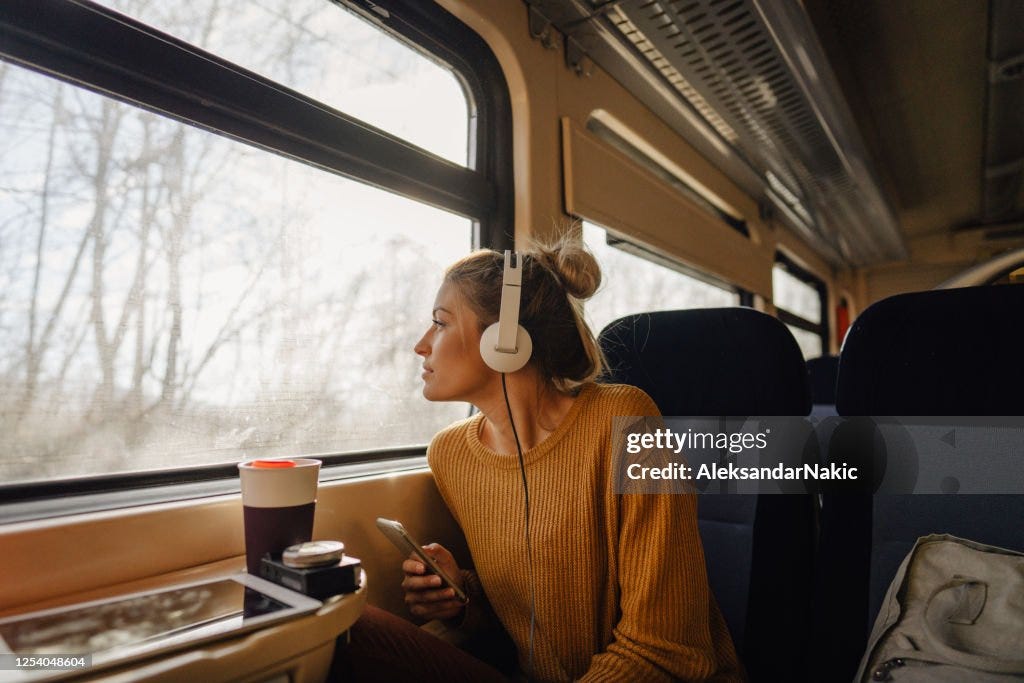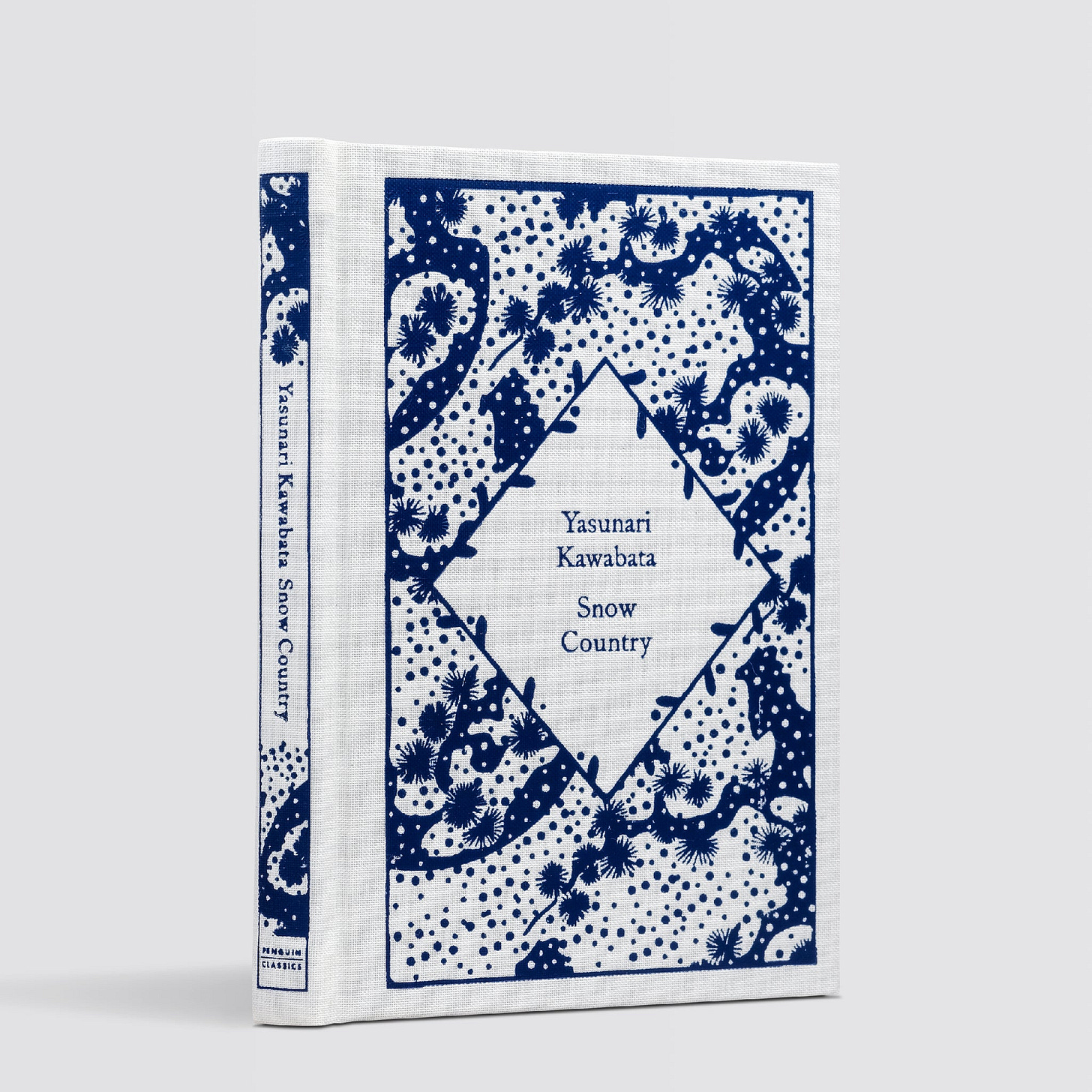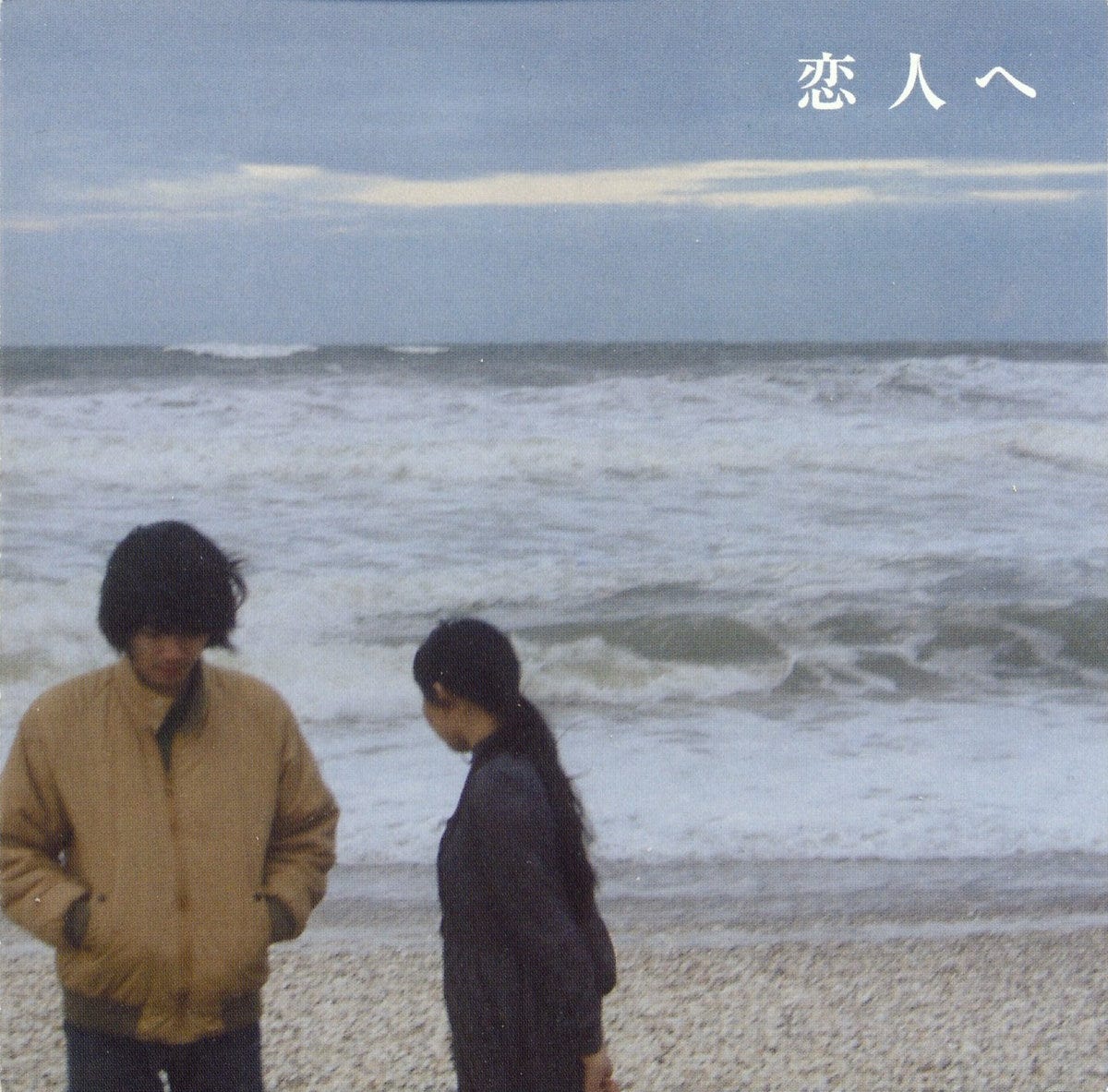Trains are a recurring motif in many forms of media with their distinctive, mythological symbolism. They are firstly markers of transition, taking their passengers from one place to another. This liminality means they are often used to represent ideas such as contemplation or types of change: progression, regression, fluctuation.
There is also a certain inevitability to train travel that other modes of transport such as driving and walking do not share. Trains follow a preordained path, and they journey at times irrespective of one’s own desires. Control in every sense is relinquished, and this can be both frustrating and liberating.
Finally—but by no means conclusively—trains are isolation in motion. Surrounded by strangers, fleeting moments are explicitly or implicitly shared. There is a sense of detachment between the world outside and inside that ebbs and flows as the doors open and close periodically. Sometimes people disembark and sometimes more embark, but the train always departs.
Read: Snow Country – Yasunari Kawabata (1948)
One of the three novels that won Kawabata the Nobel Prize in Literature twenty years after its release, Snow Country details a love affair between a Tokyo dilettante and an onsen (hot spring) geisha. The train appears throughout the novel as a locus of sorts, often as a space for contemplation or object of metaphor.
"The window of the waiting-room was clear for an instant as the train started to move. Komako's face glowed forth, and as quickly disappeared. It was the bright red it had been in the mirror that snowy morning, and for Shimamura that colour again seemed to be the point at which he parted with reality."
Watch: Night Mail – Harry Watt and Basil Wright (1936)
A twenty-four-minute documentary about the nightly postal train from London to Scotland. The film is considered a masterpiece of the Documentary Film Movement, a group of British filmmakers who were culturally influential during the 1930s and 1940s. Night Mail is a token of this legacy, humanising postal service workers and using expressionistic filmmaking techniques like heavy backlighting to portray the immense scope of the work they carried out.
Listen: “Last Train at 25 O’clock” from For Lovers – Lamp (2004)
The third track from Lamp’s 2004 album For Lovers. At just gone midnight, two people share a moment together on a train platform set to the backdrop of a glowing metropolis.
“最終列車がプラットホームから遠ざかってゆく
二人を残して 夜を沈める警笛が鳴り響いた”
“The last train is pulling away from the platform
The whistle sounded as it sank into the night, leaving the two of us behind”







